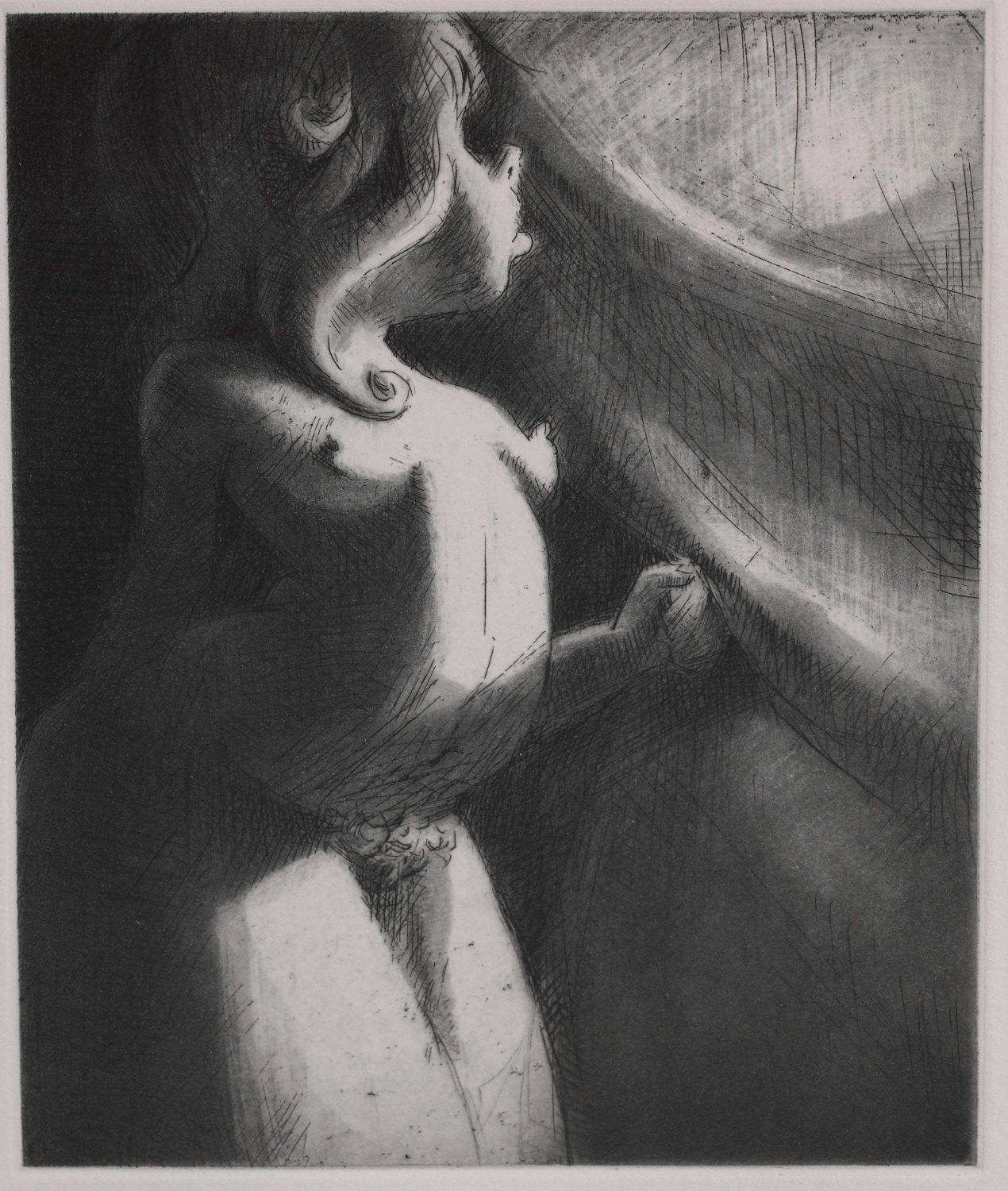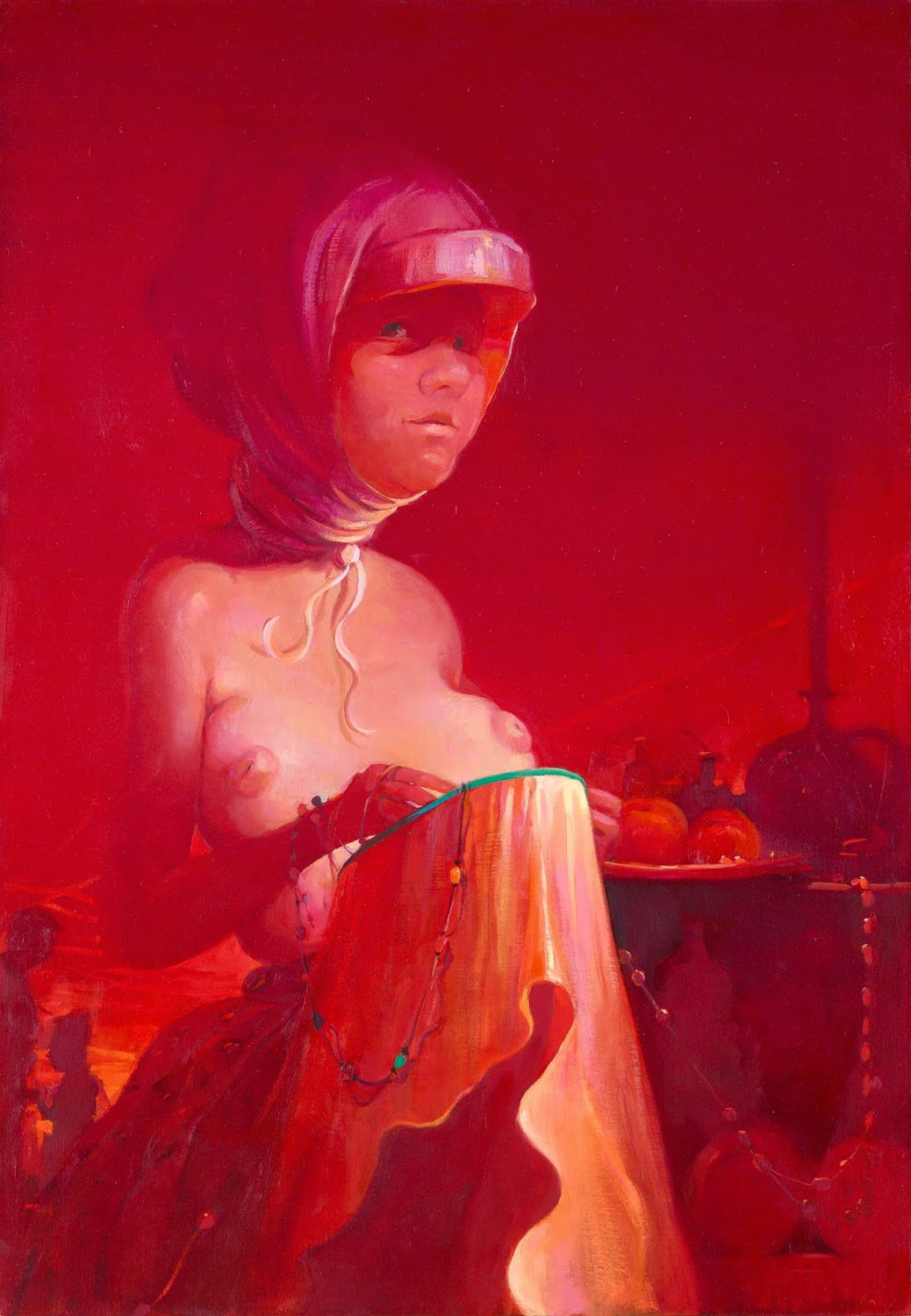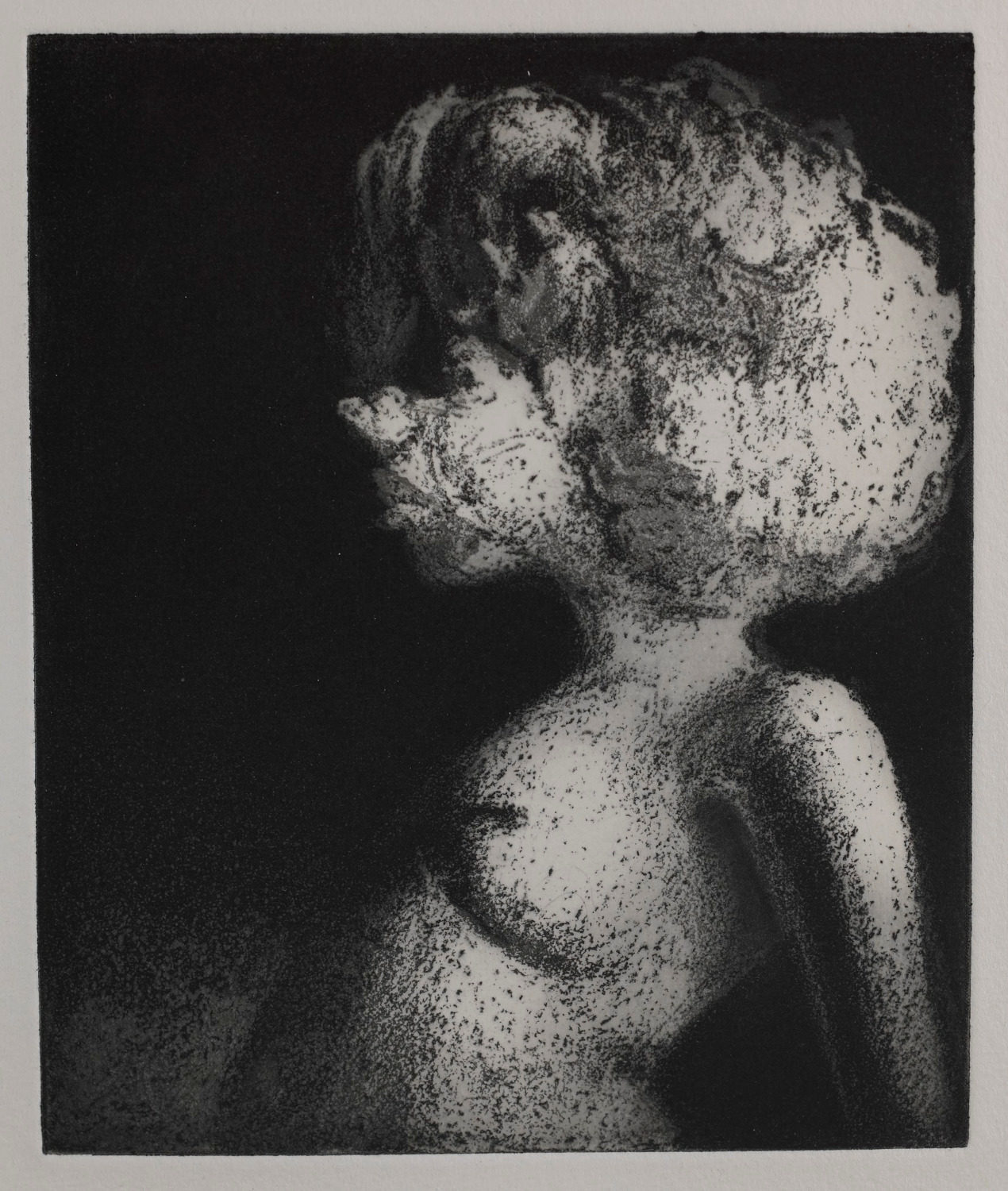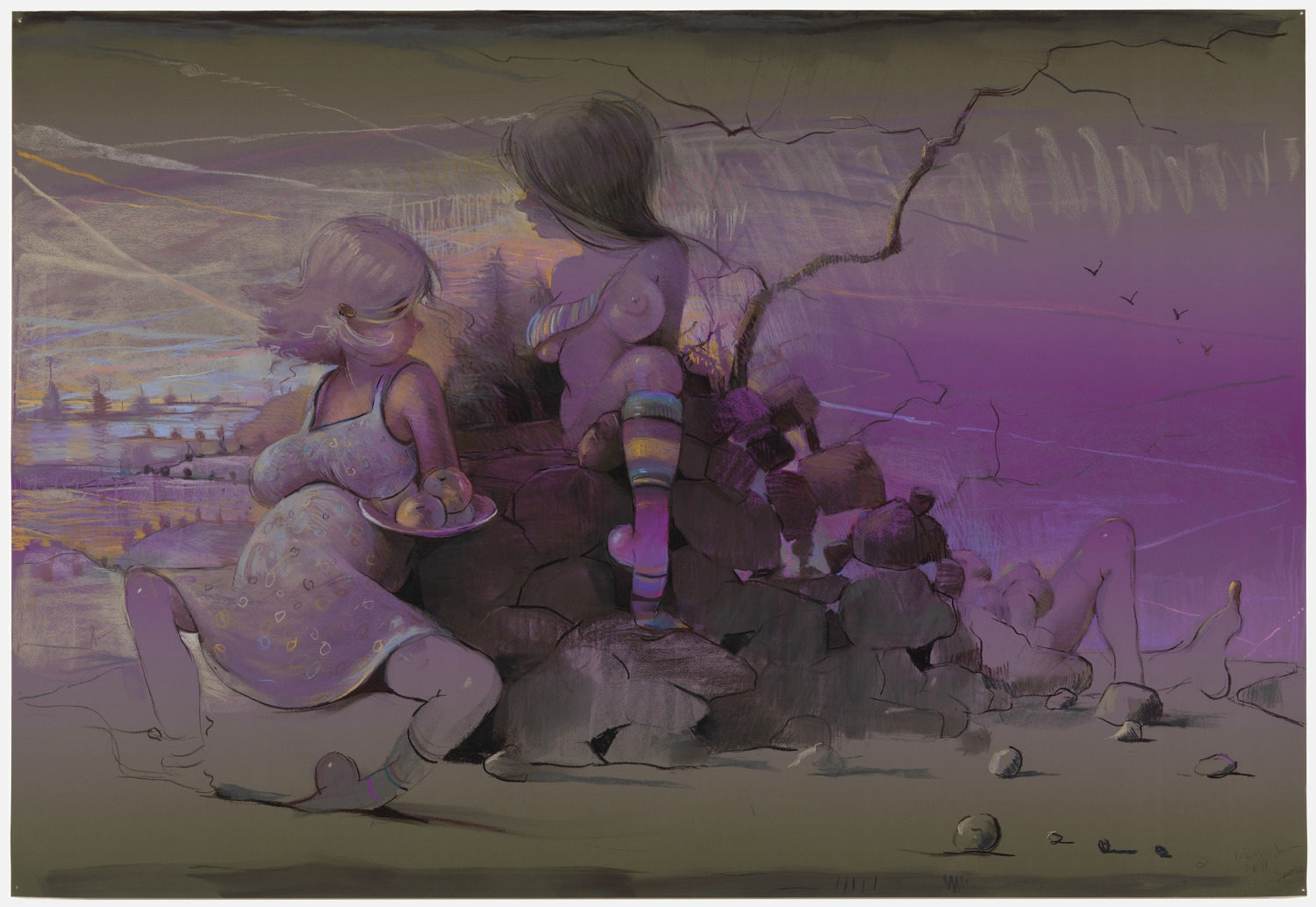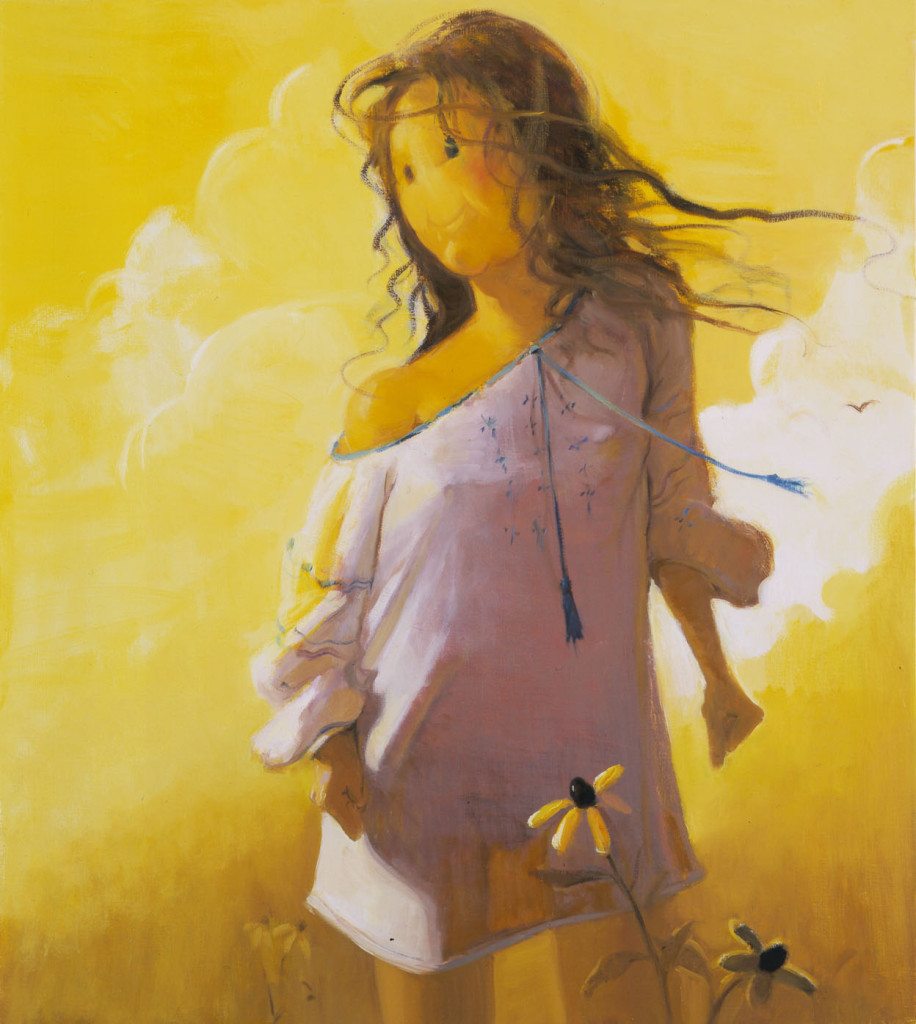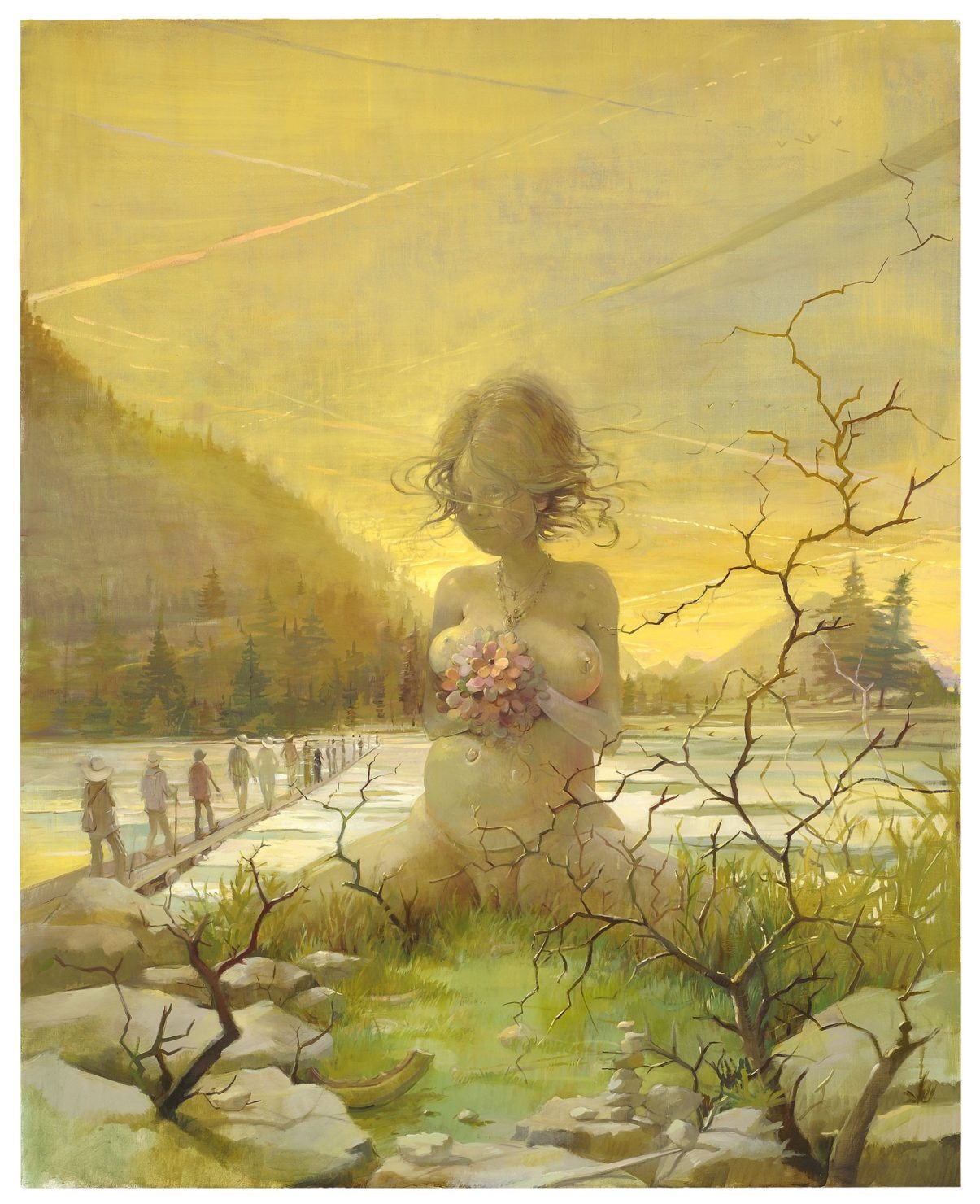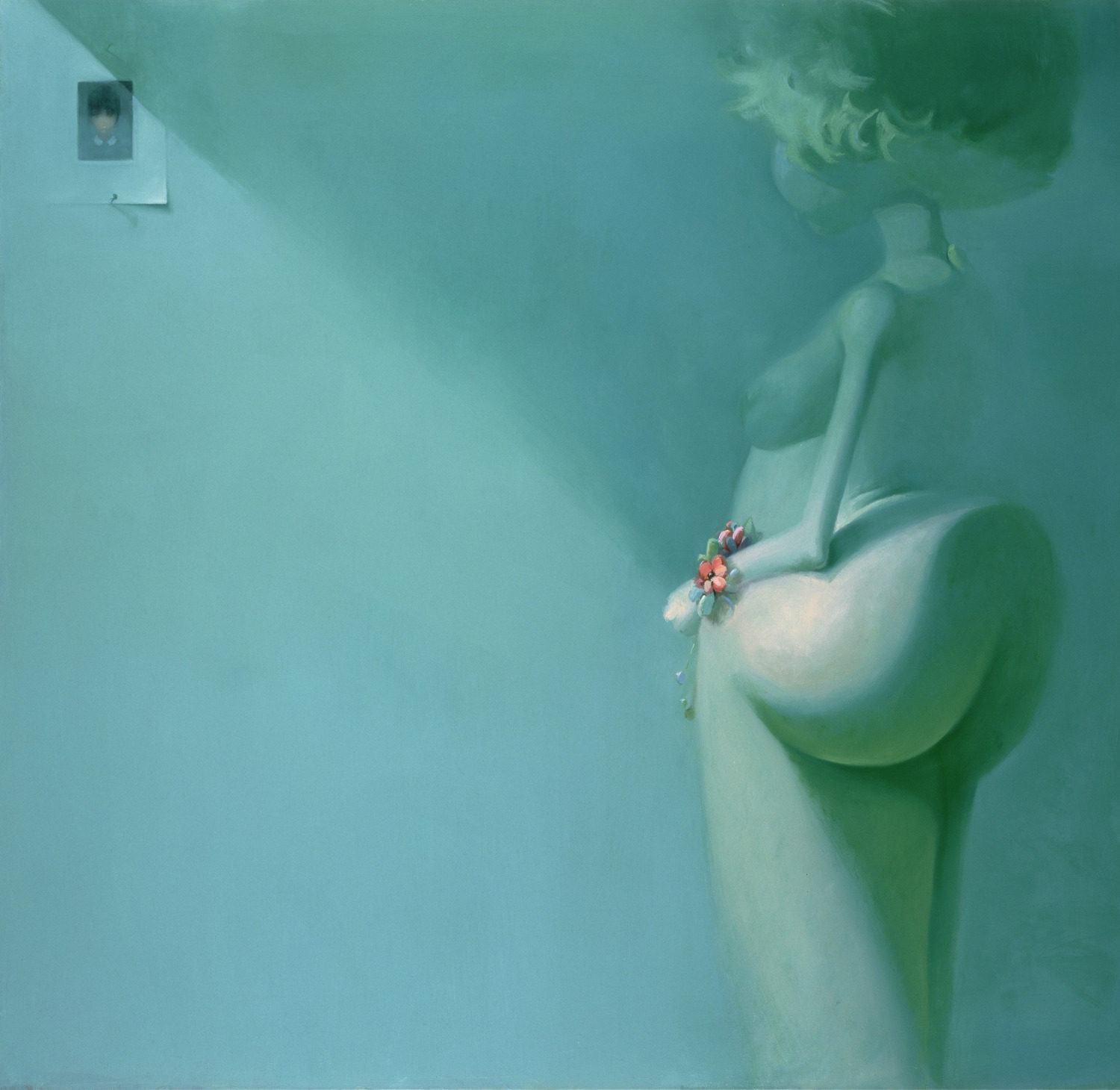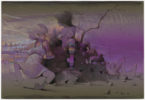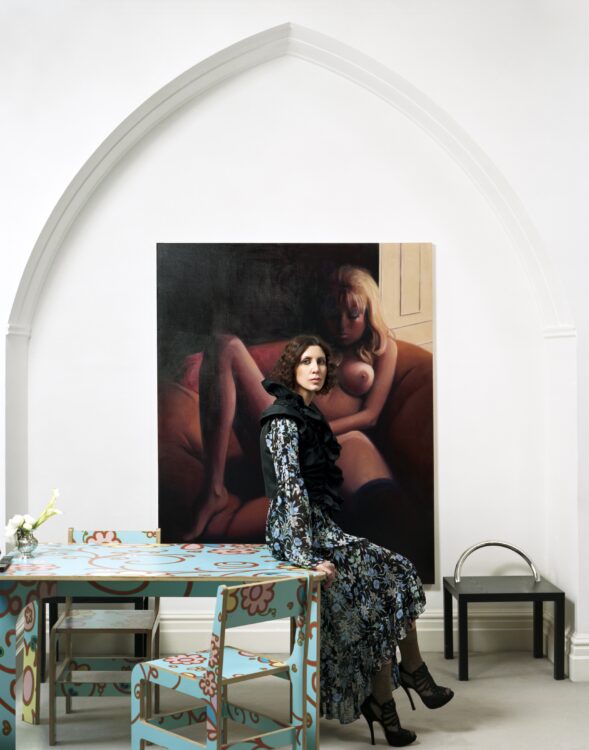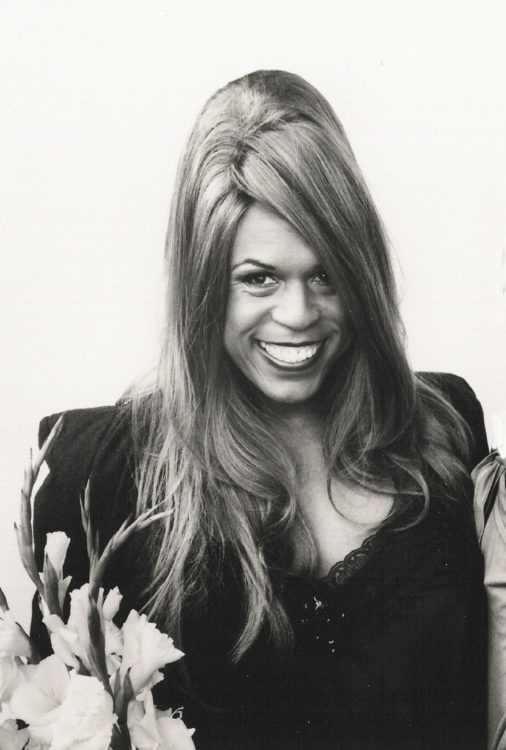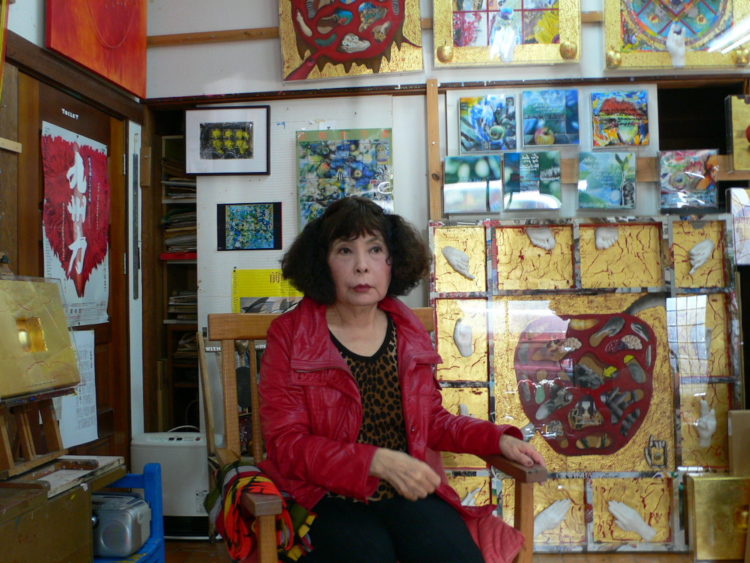Lisa Yuskavage
Lisa Yuskavage, exh. cat., Christopher Grimes Gallery, Santa Monica (6 January – 17 February 1996), Santa Monica, Smart Art Press, 1996
→Jenkins Tamara, Lisa Yuskavage: Small Paintings 1993-2004, New York, Harry N. Abrams, 2004
→Lisa Yuskavage, exh. cat., David Zwirner Gallery, New York (18 October – 18 November 2006), New York, Zwirner & Wirth, 2006
Lisa Yuskavage, Institute of Contemporary Art, Philadelphia, 2 December 2000 – 9 February 2001
→Lisa Yuskavage, Museo Tamayo Arte Contemporaneo, Mexico City, 22 June – 17 September 2006
→Lisa Yuskavage, the Brood: Paintings 1991-2015, Rose Art Museum, Waltham, 12 September – 13 December 2015
American painter.
After studying at the Tyler School of Art, Lisa Yuskavage received a Master of Fine Arts from Yale School of Art in New Haven in 1986. Starting with her early group exhibitions (Little Men/Little Women, New York, 1992; The Anti-Masculine, Los Angeles, 1992), she immediately began questioning gender. She appeared on the artistic scene in the early 1990s with paintings that depicted an exclusively feminine universe. Young naked women, delicate but filled with visible sexual attributes, evolved in both interior spaces and landscapes. The scenes were often explicitly erotic, or at least placed within a languid ambiance. The artist employed the feminine subject at a moment that feminism, as manifested in art, tended to refuse the actual representation of the woman. However, although her subjects may seem to appear through the male gaze – the artist willingly evokes her working-class background, a setting in which the idealised image of the woman was confined to pinup calendars – these works are nevertheless more complex than they seem: their creation as well as their iconography lie within a tradition of classical works of art.
Just as certain masters from the 17th century, the artist created her compositions with the help of several sketches and three-dimensional figurines that allowed her to precisely study the play of light. Her style is borrowed from the contorted forms of mannerism: the faces recalling the work of Jean Honoré Fragonard, the poses of the young women and the lighting that encircle them recalling the compositions of both Johannes Vermeer and Balthus. Other references come from the formal universe of stylist Laura Ashley, English and Japanese illustrations reserved for young girls, as well as pornographic magazines. This disparate ensemble of elements on the edge of bad taste and others revealing of an elevated style bathed in tones of bright candy colours contribute to her underlying ambiguity. Her paintings examine women, objects and subjects of desire, with as much pleasure and complacency as distance and irony. Similar to Jenny Saville and Cecily Brown, L. Yuskavage is one of the major figures of contemporary feminine figurative painting. The Museum of Modern Art in New York (MoMA) has acquired several of her works.
© Éditions des femmes – Antoinette Fouque, 2013
© Archives of Women Artists, Research and Exhibitions, 2019



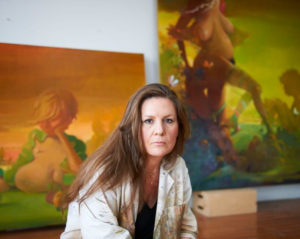
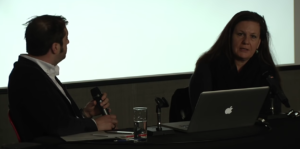 Lisa Yuskavage - Talk
Lisa Yuskavage - Talk 